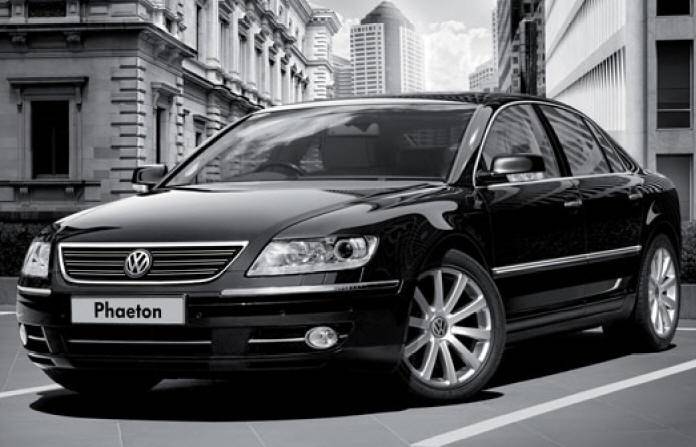Initial development of the Phaeton began with Piëch giving his
engineers a list of ten parameters the car needed to fulfill. Most of
these specifications were not made known to the public, but a number of
them were told to automotive reporters. One of them was that
the Phaeton should be capable of
being driven all day at 300 km/h (190 mph) with an exterior
temperature of 50 °C (122 °F) whilst maintaining the interior temperature
at 22 °C (72 °F). Piëch requested this even though the Phaeton's top speed
was electronically limited to 250 km/h (160 mph).[1] Another requirement
was that the car should possess torsional rigidity of 37,000 Nm/degree.
The Phaeton's platform, the
Volkswagen Group D1 platform, is shared with the Bentley Continental
GT
and Bentley Continental Flying Spur. Certain systems, such as the
transmission and some engines, are also shared with the Audi A8. The D1 is
a stand-alone platform, and was specifically developed for the Phaeton and
Bentley under code name VW611. It is commonly confused with Audi's
D3 platform, which is aluminium-based instead of the D1's steel platform.
As of 2005[update], the Phaeton has the longest wheelbase in the
Volkswagen passenger car line.
The Phaeton is hand-assembled in an eco-friendly factory with a glass
exterior, the Transparent Factory (German: Gläserne Manufaktur) in
Dresden, Germany. This factory
also assembled the Bentley Continental Flying Spur until October 2006,
when assembly of the Bentley was transferred to Crewe, England.
$74,444 Pounds =$126,539 US dollars








